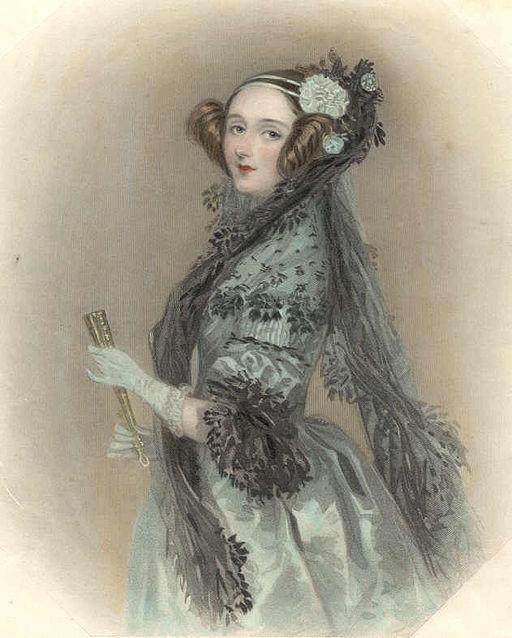A century before the first computers, Ada Lovelace wrote a study on the potential of Charles Babbage’s yet-to-be-built Analytical Engine. Babbage’s Analytical Engine is regarded as the world’s first computer and Lovelace the world’s first computer programmer. She foresaw how Babbage’s design could be a general purpose computer, that it might manipulate not merely numbers but also music, even one day composing complex and scientific pieces. The Analytical Engine, she wrote: “weaves algebraic patterns just as the Jacquard loom weaves flowers and leaves”.
Almost 200 years on, much of what she proposed is now possible. Software today can compute aspects of our understanding of music, while models of harmony and other musical elements can encompass music of ever increasing complexity. Software can analyse compositions and extract the underlying musical structures.
With the right software and inputs, computers can indeed now generate complex pieces – following in the style of, say, classical composer Toru Takemitsu or jazz master Art Tatum – by learning or mimicking recurring musical patterns.
Computer programs can also extricate the sensual dimensions of musical expressivity, for example, the subtle differences between two different musician’s performances of the same composition. Mathematical and computational models have become valuable tools to interrogate what we know about music, and to open up new possibilities for musical expression. “The Analytical Engine has no pretensions whatsoever to originate anything”, Lovelace wrote, but by making music and science amenable to calculations they are “thrown into new lights, and more profoundly investigated”.
Lovelace made prescient predictions about computing despite living in a time when women were denied education. How did she surmount the odds to make such remarkable insights about computing centuries before computers existed?
Helping Hands
Outstanding role models have been found to be especially important to women, indicating to women that “someone like me can be successful“. Lovelace was not short on role models: her mother Annabella was well-schooled by former Cambridge University professors in classics, philosophy, mathematics, and science, contrary to convention. In turn, Annabella ensured her daughter was taught science and mathematics by the best minds in England (albeit as an antidote to her father Lord Byron’s artistic ”madness"). Among Ada’s mentors was the Scottish astronomer and mathematician Mary Somerville.
Role models are even more important because of the unconscious associations we inevitably make between gender and the kinds of activities deemed suitable or appealing for men and women. This implicit bias tends to limit women to stereotypical roles, such as caring rather than executive positions. Women are judged more harshly than men: students rate female university lecturers more negatively than male lecturers for the same performance. Applications for academic science positions are judged more favourably when associated with a male name, leading to a higher starting salary and more career mentoring. Women leaders who act assertively and authoritatively are viewed more negatively than men expressing the same traits. And so on.


